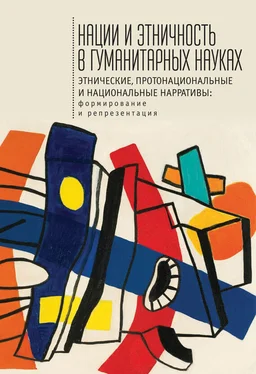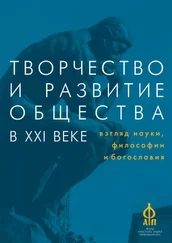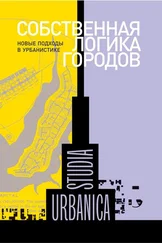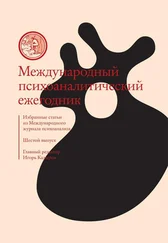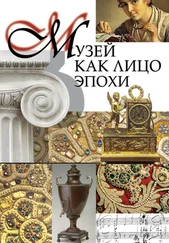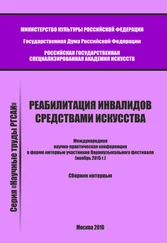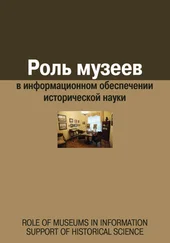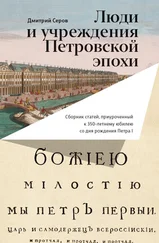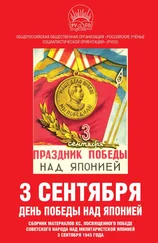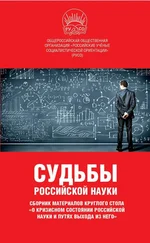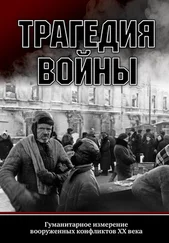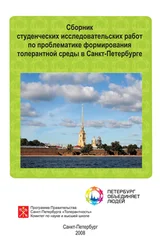Historical periodization of the literary and political progress, on the other hand, is of vital importance as it provides the substance which fuels the historical narrative of modernization. The age of 'modern'/ 'new' literature was subdivided into periods, each being identified with the degree of authenticity and achievement, paradigms and purposes of successive periods. The degree of aesthetic achievement and 'authenticity' increases, and the paradigm shifts in consecutive periods. The first period had essentially instrumentalized literary production for the sake of promoting various formulas of'proper' modernization [301]. 'Servet-i Fiinun', was influenced by the 'scientific' education provided in newly established Ottoman military schools of medicine [302], and the purpose was to determine the real cause of social and political backwardness and to show how it must be scientifically dealt with [303]. The 'Fecr-i Atť distinguished itself by claiming the superiority of its aesthetic quality, and declared literary production as a 'personal and a meritorious’ activity [304]. 'Republican Literature’ had similar characteristics, but put a rather strong emphasis on the differences between the backwardness and imitative characteristic of Ottoman versus the genuine progress, the correct understanding and development of the Republican modernizations. The image of the 'novelist’ or the 'intellectual’ fabricated through various novels was important, and differed in each period. The novelist adopted the role of a teacher, a doctor, a sophisticated individual, a political forerunner and a 'modern’ intellectual in consecutive periods. This imagery provided the qualities of the properly 'modernized’ subjects of the Empire and citizens of the young Republic.
* * *
УДК 94(560) + 82(091)
СЕЙДА БАШЛИ. PhD, Доцент, Университет Артуклу Map дин, Мар дин, Турция.
ŞEYDA BAŞLI. PhD, Assistant professor, Mardin Artuklu University, Department of Turkish Language and Literature, Mardin, Turkey.
E-mail: seyda.basli(o)gmail.com
ИСТОРИЧЕСКИЙ НАРРАТИВ МОДЕРНИЗАЦИИ И РЕПРЕЗЕНТАЦИИ ПОЛИТИЧЕСКИХ ИДЕНТИЧНОСТЕЙ В ОСМАНСКО-ТУРЕЦКОЙ ЛИТЕРАТУРЕ
Процесс превращения Османской империи в современное национальное государство в XX в. связано с многочисленными дискуссиями. Девиз создания «единого народа без привилегий и социальных классов» разъясняет официальную республиканскую политику модернизации, которая подчеркивает однородность молодой «страны» в противоположность многонациональной и мультирелигиозной структуре имперского общества. Этот девиз подразумевает государственность главным элементом идентичности, а наследие Османской империи, достигшей пика модернизации в XIX в., нивелируется. «Государственность» маркируется как источник современной идентичности, что подразумевает существование сферы помимо «современности» (modernity), включающей этническую принадлежность, пол, религию и традицию. Современные дискуссии по множественным современностям (multiple modernities), с другой стороны, сосредотачиваются на взаимодействии между государственностью, этнической принадлежностью, религией и полом, чтобы найти ту точку зрения, которая помогла бы исследователю понять их взаимоотношения. При этом формирование идентичности рассматривается как процесс продолжающихся учреждений и воспроизведений и как сфера постоянного столкновения различных, порой конфликтующих, элементов. Государственность, этническая принадлежность, религия и пол, поэтому уникально разграничивает формирование идентичности друг относительно друга в постоянном процессе преобразования.
В статье мы сконцентрируемся на историографии, осмысляющей османскую и турецкую литературу, с целью критически сравнить различные этапы процессы модернизации и пред-модернизации с точки зрения осмысления таких концепций как «государственность», «этническая принадлежность» и «современность». Обсуждение затрагивает различные периоды, включая первые дипломатические миссии посольства в XVII в. («Sefaretname») вплоть до движения ‘национальной литературы’ в XX столетии. Следовательно, становится возможным проследить отношения между ранними представлениями национального самосознания и стимулировать обсуждение теоретической структуры «множественных современностей» на примере османо-турецкого опыта.
Ключевые слова: османская модернизация; турецкая модернизация; национальное самосознание; множественные современности.
HISTORICAL NARRATIVE OF MODERNIZATION AND REPRESENTATION OF POLITICAL IDENTITIES IN OTTOMAN-TURKISH LITERATURE
Transformation of the Ottoman Empire into a modern nation-state in the 20th century refers to a long-debated process. The motto of creating ‘a unified mass with no privileges and social classes’ clarifies the official Republican modernization policy that stresses uniformity of the young ‘nation’ as opposed to the multi-ethnic and multi-religious structure of the imperial society. This motto embraces the nationhood as the main constituent of identity at the expense of obliterating the legacy of Ottoman modernization process, which reached at its climax in the 19th century. It labels the ‘nationhood’ as the source of modern identity, and implies the existence of a realm outside ‘modernity’ to absorb ethnicity, gender, religion and tradition. The contemporary debate on ‘multiple modernities’, on the other hand, focuses on the interaction between nationhood, ethnicity, religion and gender in order to develop a critical perspective that could understand the relationship among them. It conceives the identity formation as a process of ongoing (re)establishment and as a realm of a constant encounter among various, sometimes conflicting, constituents. Nationhood, ethnicity, religion and gender, therefore, uniquely demarcate the identity formation in relation to each other in a constant process of transformation.
Читать дальше
Конец ознакомительного отрывка
Купить книгу
